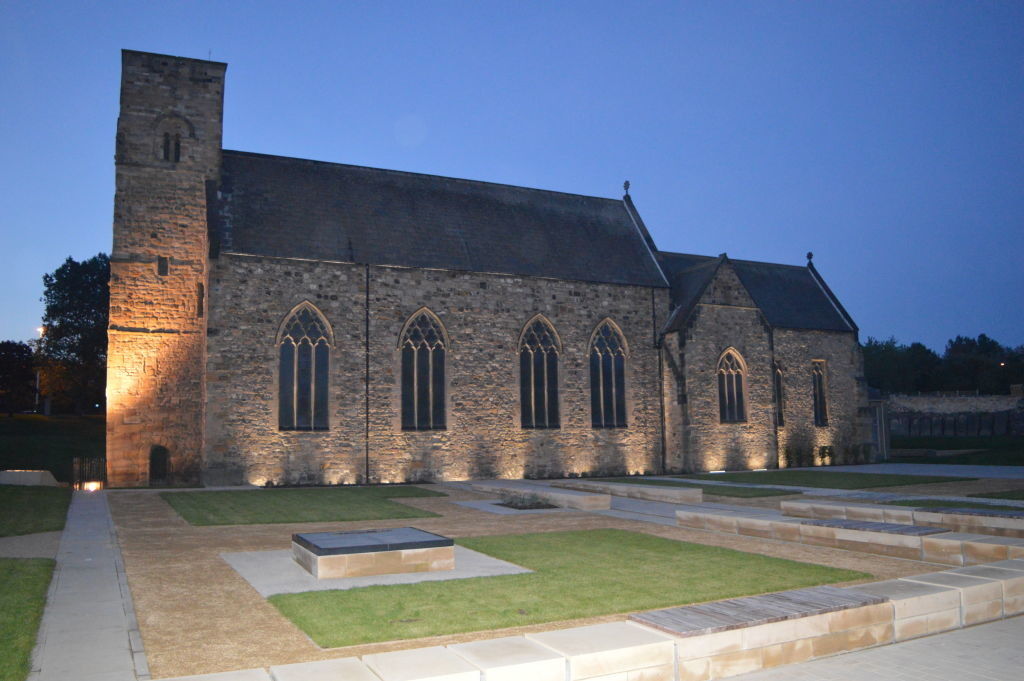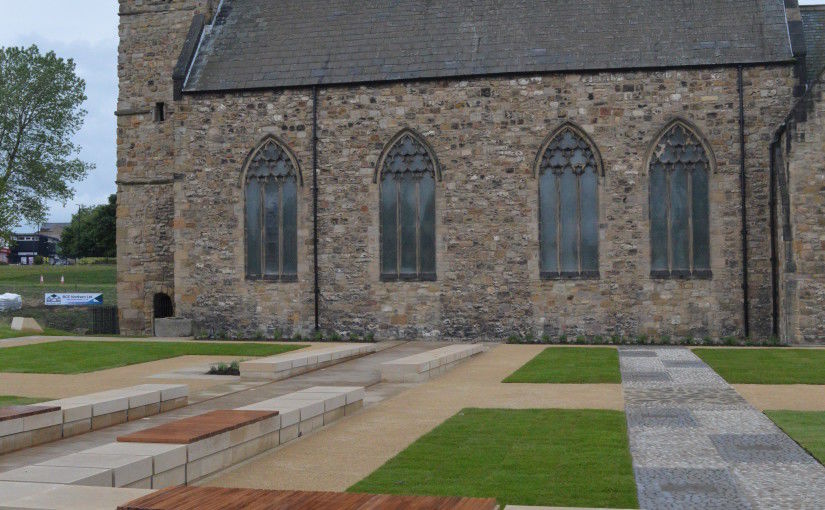St Peter’s Church Enhancement Works – Sunderland City Council
In October 2014 BCE Northern Ltd were appointed Principal Contractor by Sunderland City Council to undertake the Enhancement Improvements to the historic site of St Peter’s Church.
One of the UK’s first churches with Archaeological remains from the 7th Century, this was the monastery on whose land the Venerable Bede was born and who entered the monastery at the age of 7.
A World Heritage Status Bid was made to UNESCO during 2012 arguing that the direct association with Bede, Biscop and Bede’s teacher Ceolfrith makes it one of the most influential monastic sites in Europe.
Most of the monastic settlement lies under the churchyard of St Peters having been largely excavated and recorded by Professor Rosemary Cramp of Durham University in the 1960s and covered over again.
Part of the enhancement work involved replicating the footprint of the monastery and gardens as recorded by Professor Cramp, with the construction of sandstone masonry walling, sandstone paving and granite setts and the planting of 32 semi mature trees with shrubs and wildflower beds throughout.
In addition, the large public open space has had a large prayer garden added with raised timber planting beds, beehive and viewing arena and ornamental features, set within a decorative timber fencing surround with memorial seating and bespoke timber pergola gateway features.
All aspects of public access to the site has been improved with the installation of new wrought iron gate accesses, granite and sandstone steps, replacement and repair of the existing North Entrance to the church with the installation of a sandstone disabled access ramp in keeping with the historic nature of the original access.
A sophisticated contractor design external lighting installation to the full perimeter of the church has been installed to better portray the qualities of the church on an evening. In particular coloured lighting has been used to improve the aesthetics of the key areas being the Anglo Saxon West Porch and Tower and their Archaeological importance.









